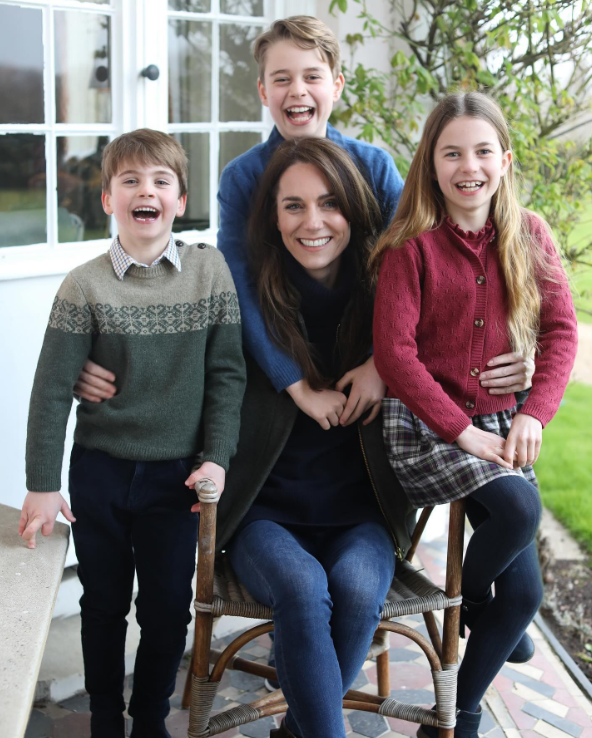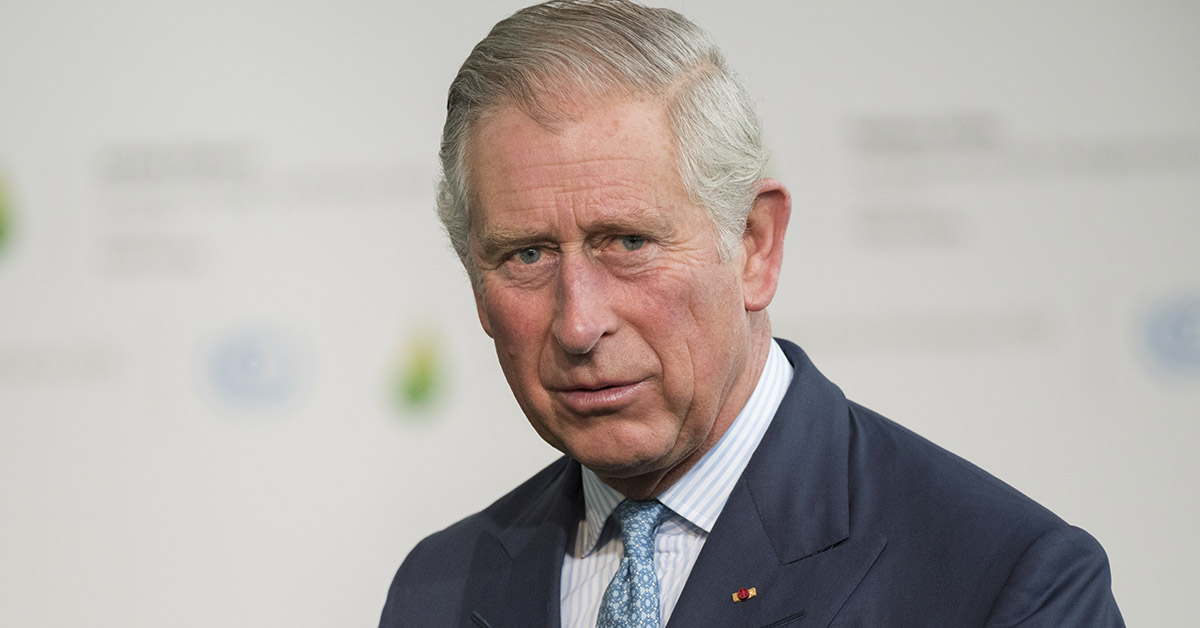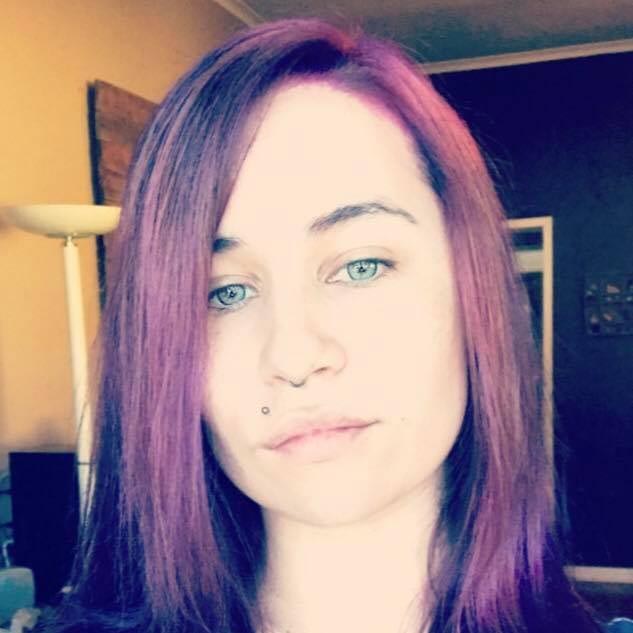In recent months, concerns over the health of King Charles III and Princess Kate, members of Britain’s royal family, have sparked widespread speculation and intrigue. Amidst rumors and uncertainties, the public is left questioning the true state of their well-being and how it may impact the monarchy.
King Charles III’s battle with cancer, diagnosed in early February, sent shockwaves across the nation
At 75 years old, the monarch suspended public engagements to undergo treatment, with Queen Camilla and Prince William assuming some of his duties. Despite false reports of his demise by Russian media, Charles remains resilient, albeit facing significant health challenges.
While Charles deals with his illness, questions also surround the whereabouts and condition of Princess Kate. Following a “planned abdominal surgery” in January, Kate withdrew from public view, fueling speculation about her health. Concerns peaked when Prince William abruptly pulled out of a memorial service, attributing it to a “personal matter.”
Rumors and conspiracies
Despite reassurances from royal sources about Kate’s recovery, wild conspiracy theories emerged. Prompting her representative to issue a statement emphasizing the palace’s stance on disclosing medical updates. Meanwhile, a photo posted on social media, credited to “The Prince of Wales, 2024,” aimed to quell concerns but inadvertently stirred controversy over alleged alterations.
The saga continued with paparazzi spotting Kate in Windsor, seemingly confirming her presence despite ongoing rumors. However, skepticism persisted, with debates over the authenticity of the photo intensifying.
As public interest surged, details about King Charles’ cancer remained scant, with Buckingham Palace opting for privacy. While the type and stage of his cancer remain undisclosed, officials confirmed it wasn’t prostate cancer. Prime Minister Rishi Sunak’s comments hinted at an early diagnosis, offering hope for Charles’ recovery.
Despite undergoing treatment, King Charles continued to fulfill select royal duties, including virtual and in-person engagements. Buckingham Palace’s reassurances, coupled with photographic evidence, aimed to convey a sense of normalcy amidst uncertainty.
In contrast, Princess Kate’s absence from public life fueled speculation, compounded by the palace’s limited disclosures. The debate over her health intensified with each sighting, highlighting the delicate balance between privacy and public interest.
As the monarchy navigates these health challenges, the broader discussion about its relevance in modern Britain persists. The public’s fascination with royal affairs underscores the enduring allure of the monarchy, even amidst uncertainty. As the nation awaits updates on their conditions, the monarchy’s ability to adapt and endure amidst adversity remains a topic of fascination and debate.
Queen Camilla’s Response to Charles’s Diagnosis
Queen Camilla, known for her strong support of King Charles, has reacted to his diagnosis with resilience and dedication. Breaking royal protocol, she accompanied her husband to the hospital for his prostate procedure, highlighting her unwavering commitment to his well-being. Despite the gravity of Charles’s cancer diagnosis, Camilla has maintained her usual schedule of public engagements, projecting a sense of normalcy amidst uncertainty.
After temporarily filling in for Charles at official engagements, Camilla embarked on a previously scheduled vacation at the beginning of March. This decision drew criticism from some quarters, who questioned her absence during such a pivotal moment. Nevertheless, she is set to return to royal duties on March 11, demonstrating her steadfast commitment to fulfilling her responsibilities as Queen consort.
Prince William’s Response to His Father’s Diagnosis

Prince William, Charles’s eldest son, has responded to his father’s diagnosis with grace and determination. Before the public announcement of Charles’s illness, William had already returned to public duties on February 7 after taking time off to support his wife following her surgery. His presence at official events, including an investiture ceremony and a gala dinner, showcased his unwavering support for his family during challenging times.
Addressing attendees at the gala dinner, William expressed gratitude for the outpouring of support for Catherine and his father. Acknowledging the recent focus on medical matters within the royal family. His lighthearted remark about attending an air ambulance function to “get away from it all” reflected his resilience and sense of humor in the face of adversity.
Prince Harry’s Response to His Father’s Diagnosis
Prince Harry’s response to his father’s diagnosis has been characterized by a sense of duty and familial solidarity. Despite strained relations in recent years, Charles informed Harry of his diagnosis before it was made public. Highlighting the importance of family bonds during times of crisis.
Harry’s swift response was evident as he immediately flew from Los Angeles to London to be by his father’s side. Although Meghan Markle and their children remained in the United States, Harry’s presence in London underscored his commitment to supporting his father during his health battle.
During an interview with Good Morning America, Harry spoke candidly about his visit to see his father. Emphasizing his love for his family and the importance of spending time together during challenging moments. While respecting his father’s privacy regarding his health, Harry expressed optimism about the potential for Charles’s illness to strengthen familial ties and foster unity within the royal family.
Read More: First Public Statement From Prince William On His Wife And Father, King Charles
Contingency Plans for Charles’s Incapacity
If King Charles is unable to fulfill his royal duties, provisions are in place to ensure the continuity of governance. The appointment of two “counselors of state” can facilitate the execution of official business on behalf of the monarch. While no current plans exist for such appointments, eligible individuals include Queen Camilla, Prince William, Prince Andrew, Princess Beatrice, Prince Edward, and Princess Anne.
Speculation regarding Charles’s potential abdication has surfaced, although no concrete plans have been announced. In the interim, Prince William could assume the role of regent if medical evidence suggests Charles’s incapacity to perform his duties. The process involves a panel assessing the evidence and declaring their decision in writing, along with Prince William temporarily assuming royal powers until Charles recovers.
The British Line of Succession
The British line of succession remains a focal point amidst discussions about Charles’s health. Prince William occupies the top position, followed by his children, Prince Harry, his children, and Prince Andrew. As uncertainties persist regarding Charles’s health, the succession order serves as a reminder of the monarchy’s enduring legacy and the continuity of royal lineage in the face of adversity.
The Ongoing Saga of Royal Health: Navigating Truth and Tradition
In recent weeks, the British royal family has found itself thrust into the spotlight, captivating global attention with a series of extraordinary revelations and controversies surrounding the health of its prominent members. The simultaneous announcement on January 17 of hospital treatments for both Princess Kate Middleton and King Charles III sparked a frenzy of speculation and intrigue. Intensifying as details emerged about the king’s battle with cancer and the princess’s prolonged absence from public view.
The saga reached a crescendo when a photo of Princess Kate and her children, intended to dispel conspiracy theories, backfired dramatically, leading to its withdrawal from circulation amid allegations of mysterious editing. Despite attempts to address the controversy, including a statement from the princess herself acknowledging experimentation with photo editing, doubts persisted, fueling wild rumors and undermining the palace’s credibility.

The tumultuous events of recent months have prompted reflection on the monarchy’s historical approach to health and transparency. Throughout history, British monarchs have grappled with various health challenges. From Henry VIII’s well-documented ailments to George VI’s debilitating struggles with Buerger’s disease and lung cancer. The monarchy’s penchant for secrecy, exemplified by the concealment of the Queen Mother’s cancer diagnoses, has long been a hallmark of royal tradition. Shielding the monarchy from public scrutiny while preserving its mystique.
However, the tragic decline and eventual passing of George VI serve as a poignant reminder of the human toll of royal health crises. Despite efforts to downplay the severity of his condition, George’s deteriorating health ultimately led to his untimely death. Sending shockwaves through the nation.
A challenge at every turn, but there’s a reason the monarch stands strong
As the royal family navigates the complexities of modern media scrutiny and public expectations, questions linger about the balance between tradition and transparency. While adherence to age-old dictums of “never complain, never explain” has served the monarchy well in the past, critics argue that in an era of heightened scrutiny and relentless speculation, greater openness may be necessary to preserve public trust and relevance.
The contrast between the secrecy surrounding George VI’s illness and the relentless scrutiny faced by today’s royals underscores the evolving dynamics of monarchy in the 21st century. In an age of unprecedented access and instantaneous communication, the monarchy’s mystique must contend with the demands of transparency and accountability.
As the royal family grapples with the fallout from recent events, the delicate dance between tradition and modernity continues. Whether the monarchy can adapt to the demands of a changing world without sacrificing its mystique remains to be seen. Yet amid the swirling rumors and controversies, one thing remains clear: the enduring allure of royalty and the timeless fascination with the lives of those born to wear the crown.
Read More: Have You Ever Noticed This One Strange Detail in Pictures of Princess Diana and King Charles?
Sources
- “Concern for King Charles’ health as video message released to mark Commonwealth Day: ‘Never seen him look so unwell’” Entertainment Daily
- “How Are King Charles and Kate Middleton Doing? Latest Health Updates.” NY Mag
- “Queen Camilla gives health update on King Charles” Metro
- “The Long, Strange History of Secret Royal Ailments” Time

